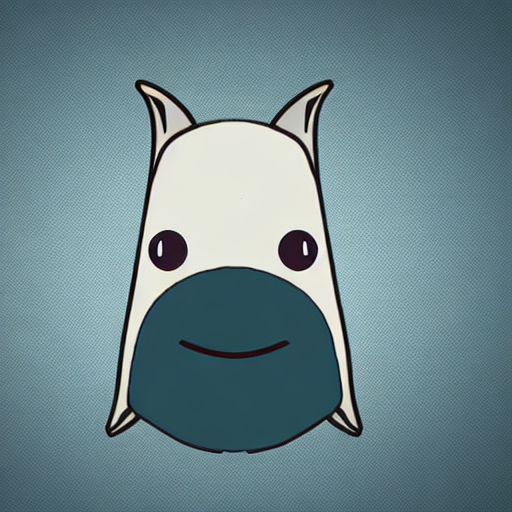Graphics in Julia: Difference between revisions
Appearance
Created page with "A guide on making graphics visualizations in Julia ===MeshCat=== MeshCat is a Julia wrapper around three.js. It creates its own server and opens a webpage to access the serve..." |
No edit summary |
||
| Line 2: | Line 2: | ||
===MeshCat=== | ===MeshCat=== | ||
MeshCat is a Julia wrapper around three.js. It creates its own server and opens a webpage to access the server. | MeshCat.jl is a Julia wrapper around three.js. It creates its own server and opens a webpage to access the server. | ||
| Line 11: | Line 11: | ||
===Geometry=== | ===Geometry=== | ||
MeshCat.jl and GeometryTypes.jl both come with a variety of basic geometries such as <code>HyperRectangle</code> and <code>PointCloud</code>.<br> | |||
You can also create your own geometry by calling the HomogenousMesh function with your own vertices, normals, triangles/faces, and uvs/texturecoordinates.<br> | |||
====Creating Geometry==== | |||
Example of how to create a quad: | |||
<syntaxhighlight lang="julia> | <syntaxhighlight lang="julia> | ||
using GeometryTypes | using GeometryTypes | ||
| Line 35: | Line 40: | ||
# Set the position | # Set the position | ||
settransform!(vis["myquad"], Translation(0.5, -0.5, 0.5)) | settransform!(vis["myquad"], Translation(0.5, -0.5, 0.5)) | ||
</syntaxhighlight> | |||
====Loading Geometry==== | |||
<syntaxhighlight lang="julia> | |||
using GeometryTypes: GLUVMesh # we need a mesh type that stores texture coordinates | |||
image = PngImage(joinpath(@__DIR__, "..", "data", "HeadTextureMultisense.png")) | |||
texture = Texture(image=image) | |||
material = MeshLambertMaterial(map=texture) | |||
geometry = load(joinpath(MeshCat.VIEWER_ROOT, "..", "data", "head_multisense.obj"), GLUVMesh) | |||
setobject!(vis["robots", "valkyrie", "head"], geometry, material) | |||
settransform!(vis["robots", "valkyrie"], Translation(0.5, -0.5, 0.5)) | |||
</syntaxhighlight> | </syntaxhighlight> | ||
Revision as of 12:57, 10 September 2019
A guide on making graphics visualizations in Julia
MeshCat
MeshCat.jl is a Julia wrapper around three.js. It creates its own server and opens a webpage to access the server.
Getting Started
- Install Julia
- Make a new project
Geometry
MeshCat.jl and GeometryTypes.jl both come with a variety of basic geometries such as HyperRectangle and PointCloud.
You can also create your own geometry by calling the HomogenousMesh function with your own vertices, normals, triangles/faces, and uvs/texturecoordinates.
Creating Geometry
Example of how to create a quad:
using GeometryTypes
# Load the texture
image = PngImage(joinpath(@__DIR__, "circuit_pattern.png"))
texture = Texture(image=image)
# Make the material from the texture
# TODO: Figure out how to set `mat.transparent = true` from within Julia
material = MeshLambertMaterial(map=texture)
# Make the geometry
quadGeometry = HomogenousMesh(
vertices = [Point(0,0,0), Point(0,1,0), Point(0, 0, 1), Point(0, 1, 1)],
normals = [Point(1,0,0),Point(1,0,0),Point(1,0,0),Point(1,0,0)],
faces = [Triangle(1,2,3), Triangle(2,3,4)],
texturecoordinates = [Point(0.0f0,0), Point(1.0f0,0), Point(0.0f0,1), Point(1.0f0,1)]
);
# Add the object to the scene
setobject!(vis["myquad"], quadGeometry , material)
# Set the position
settransform!(vis["myquad"], Translation(0.5, -0.5, 0.5))
Loading Geometry
using GeometryTypes: GLUVMesh # we need a mesh type that stores texture coordinates
image = PngImage(joinpath(@__DIR__, "..", "data", "HeadTextureMultisense.png"))
texture = Texture(image=image)
material = MeshLambertMaterial(map=texture)
geometry = load(joinpath(MeshCat.VIEWER_ROOT, "..", "data", "head_multisense.obj"), GLUVMesh)
setobject!(vis["robots", "valkyrie", "head"], geometry, material)
settransform!(vis["robots", "valkyrie"], Translation(0.5, -0.5, 0.5))
